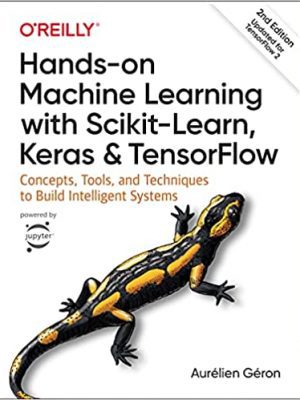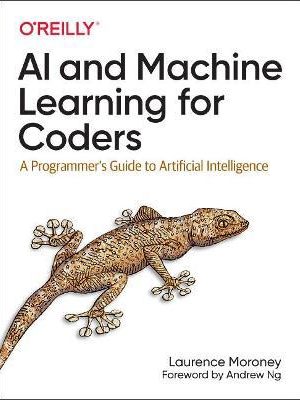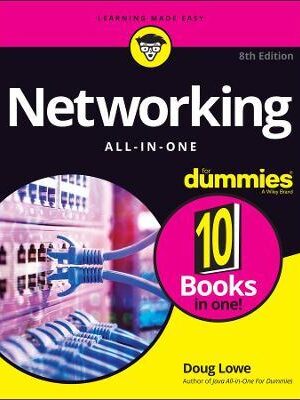How Linux Works, 3rd Edition: What Every Superuser Should Know
How Linux Works: What Every Superuser Should Know 3rd Edition:
Best-selling guide to the inner workings of the Linux operating system with over 50,000 copies sold since its original release in 2014.
Linux for the Superuser
Unlike some operating systems, Linux doesn’t try to hide the important bits from you—it gives you full control of your computer. But to truly master Linux, you need to understand its internals, like how the system boots, how networking works, and what the kernel actually does.
In this third edition of the bestselling How Linux Works, author Brian Ward peels back the layers of this well-loved operating system to make Linux internals accessible. This edition has been thoroughly updated and expanded with added coverage of Logical Volume Manager (LVM), virtualization, and containers.
You’ll learn:
- How Linux boots, from boot loaders to init (systemd)
- How the kernel manages devices, device drivers, and processes
- How networking, interfaces, firewalls, and servers work
- How development tools work and relate to shared libraries
- How to write effective shell scripts
You’ll also explore the kernel and examine key system tasks inside user-space processes, including system calls, input and output, and filesystem maintenance. With its combination of background, theory, real-world examples, and thorough explanations, How Linux Works, 3rd Edition will teach you what you need to know to take control of your operating system.
NEW TO THIS EDITION:
- Hands-on coverage of the LVM, journald logging system, and IPv6
- Additional chapter on virtualization, featuring containers and cgroups
- Expanded discussion of systemd
Additional ISBNs:
∗ eText ISBN: 1718500416, 978-1718500419, 9781718500419
- See additional information on the Amazon.
More Details
How Linux Works, 3rd Edition: What Every Superuser Should Know:
1. The Big Picture
2. Basic Commands and Directory Hierarchy
3. Devices
4. Disks and Filesystems
5. How the Linux Kernel Boots
6. How User Space Starts
7. System Configuration: Logging, System Time, Batch Jobs, and Users
8. A Closer Look at Processes and Resource Utilization
9. Understanding Your Network and Its Configuration
10. Network Applications and Services
11. Introduction to Shell Scripts
12. Network File Transfer and Sharing
13. User Environments
14. A Brief Survey of the Linux Desktop and Printing
15. Development Tools
16. Introduction to Compiling Software from C Source Code
17. Virtualization




























 Dentistry
Dentistry
Reviews
There are no reviews yet.